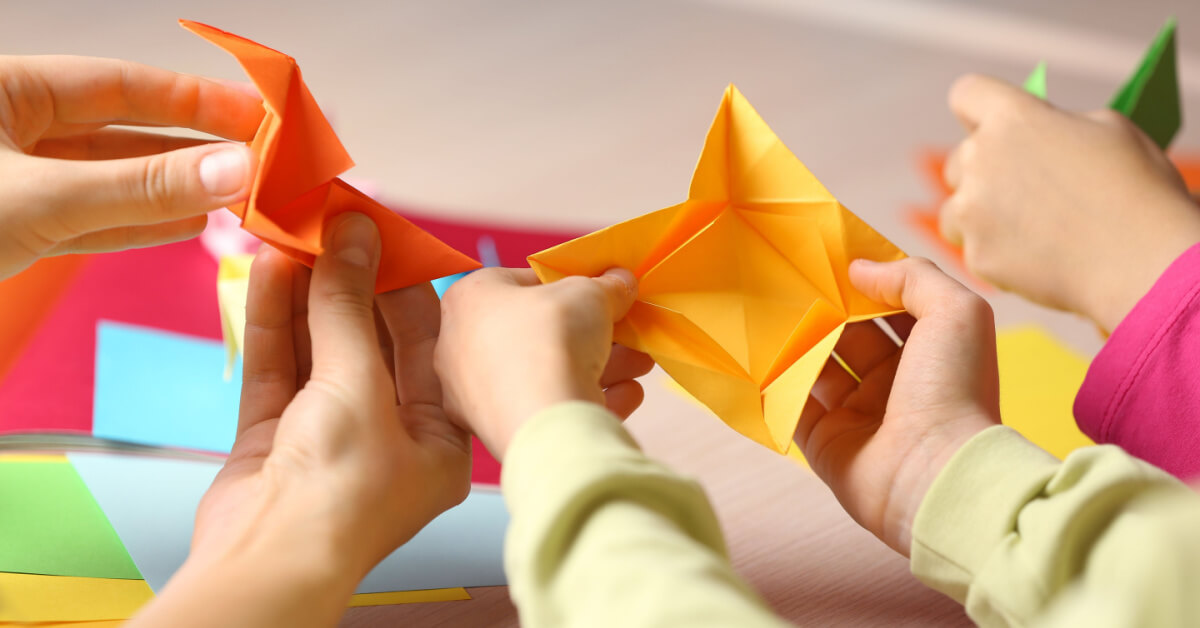March 16, 2023
“You can’t just give someone a creativity injection. You have to create an environment for curiosity and a way to encourage people and get the best out of them”
Sir Ken Robinson (2013)
As far back as 2010, the OECD said that creativity drives forward human culture and society. Engaging in creative thinking can improve metacognition, inter- and intra-personal interactions, and problem-solving, as well as promote identity development, academic achievement, and career success (PISA innovation assessment team, 2022).
When we talk about creativity and creative thinking, one of the problems many teachers encounter is how to assess these areas and if they can do so. Many teachers are fed up with the factory style education of content, traditional standardized tests, and their validation; however, they face the challenge of measuring learning outcomes for creative thinking. A promising initiative developed in 2022 by the Programme for International Student Assessment (PISA) is the Creative Thinking Assessment which measures how well students generate, evaluate, and improve ideas that develop into original and effective solutions, “advances in knowledge and impactful expressions of imagination.” In our current climate, changes in policy are frequently data- and evidence-driven.…


